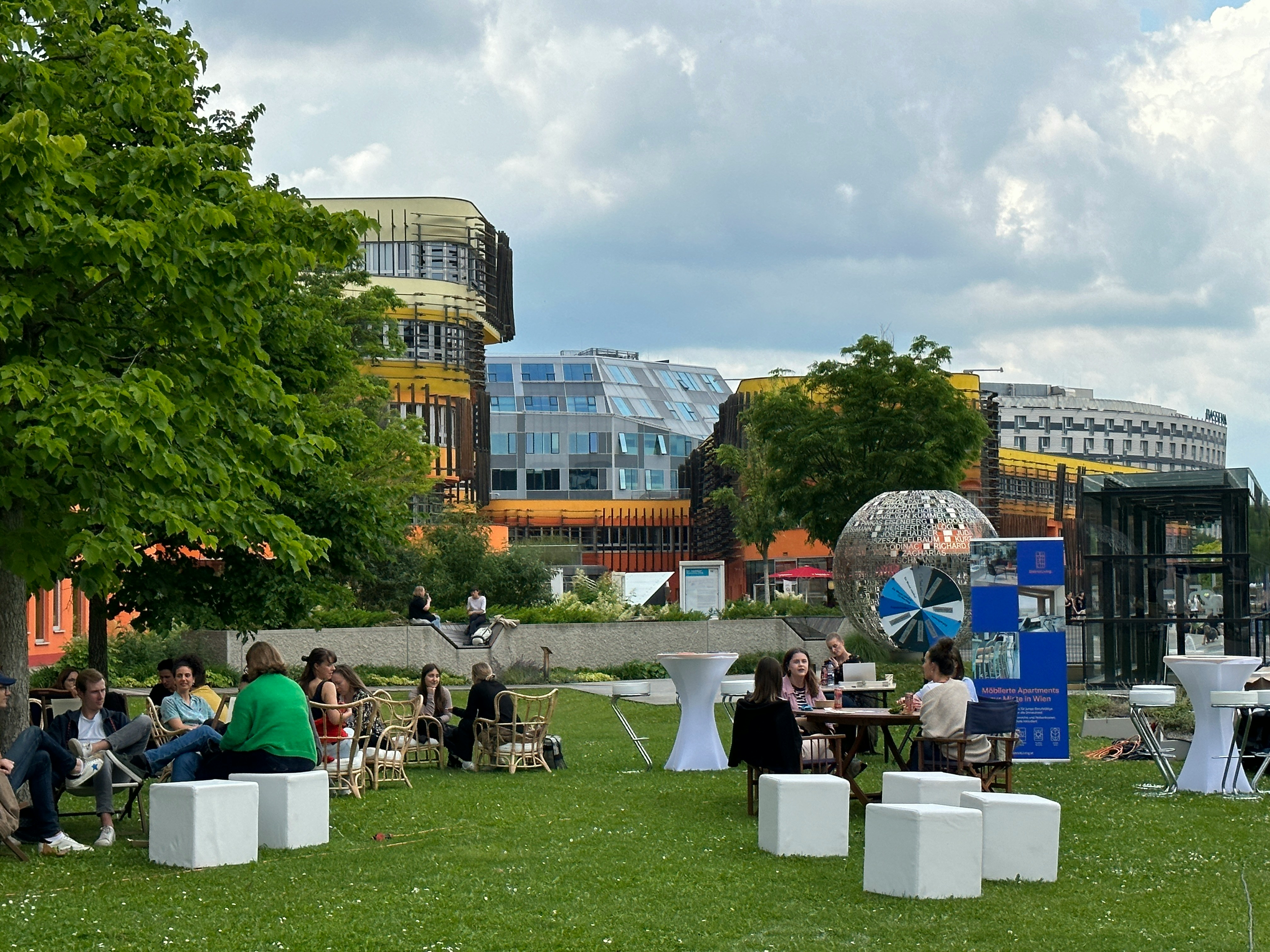
5 Creative Ways to Expand Networks Through Urban University Events
Skyscraper rooftops and repurposed gallery spaces create unique backdrops where professionals from different fields gather and connect. Data analysts swap stories with marketing specialists over signature drinks, while engineers and designers discuss emerging technologies in creative settings. These gatherings move beyond exchanging business cards, encouraging real conversations and genuine relationships. By putting hands-on activities and personalized experiences at the forefront, each event transforms from a simple meet-and-greet into a memorable occasion. The approaches described here draw inspiration from actual city university event formats, providing straightforward guidance for anyone interested in planning and executing successful networking events.
Advertisement
Host Themed Networking Workshops
- Select a compelling theme: “AI in Public Transit,” “Sustainable Architecture,” or “Blockchain Finance.”
- Partner with faculty or local startups to secure a venue and guest speakers.
- Design interactive exercises: group case studies, rapid-fire Q&A, or live polling.
- Create a digital workbook or branded handout for participants to track key takeaways.
Design each workshop as a hands-on lab instead of a lecture. For instance, invite a city planner to lead a map-based design sprint on optimizing urban traffic flow. Assign small teams to present their solutions within 15 minutes. This structure encourages collaboration and reveals complementary skill sets among attendees.
Encourage attendees to swap contact cards after each breakout session rather than only at the end. Provide name badges with color-coded roles—designer, researcher, marketer—to spark role-specific conversations. Conclude with a 10-minute peer reflection where participants note three contacts they plan to follow up with and why.
Use Pop-Up Career Fairs
- Benefit 1: Creates surprise engagement in high-traffic zones, like student unions or transit hubs.
- Benefit 2: Invites companies of various sizes—from boutique consultancies to Fortune 500 firms—to mingle in the same space.
- Benefit 3: Enables real-time feedback when professionals demo prototypes or pitch projects on the spot.
Set up compact booths along a central walkway and brand each table with a specific focus—data science, urban design, public policy. Use portable displays or interactive touchscreens to showcase current projects. Attendees walk by, pause at a table that interests them, and engage with live demos from students or local entrepreneurs.
Offer short “flash talks” every 20 minutes. Invite a user experience expert to discuss a recent app launch or a civil engineer to outline a community bridge project. These quick presentations keep foot traffic high and ensure that participants rotate through multiple tables. Provide digital forms with QR codes so visitors can instantly request follow-up meetings.
Build Student-Led Societies
Tap into specialized campus groups—like the *Urban Entrepreneurship Club* or the *Data Visualization Society*—to co-host events. These societies already gather individuals with focused interests and maintain active mailing lists and social media channels. You gain instant access to a motivated, topic-savvy audience without starting from scratch.
Work with society leaders to conduct a panel discussion where they moderate conversations with city officials or industry veterans. Assign each speaker specific takeaways, such as emerging policy trends or the latest visualization tools. This format creates a clear value proposition: professionals attend to hear insider perspectives while society members deepen their networks.
Organize Skills Swap Sessions
Set up a meetup where participants offer expertise in short, one-on-one exchanges. For example, a UX researcher might trade a 15-minute critique of a fellow attendee’s portfolio for a quick lesson in urban GIS mapping. Use a simple sign-up sheet that lists each person’s skills and the time they’re available.
Host the session in a flexible classroom with movable chairs and small whiteboards. Encourage pairs to brainstorm collaboratively on micro-projects, such as redesigning a street corner or prototyping a community app. After each rotation, prompt participants to jot down two action items they learned and one contact they’ll message within 48 hours.
Create Digital Networking Platforms
Develop a private online hub—using tools like Mighty Networks or a custom Slack workspace—dedicated to event attendees. Organize channels by topic: illustration, public health, urban mobility. Invite participants to share articles, post questions, and schedule virtual coffee chats. This keeps connections alive between in-person gatherings.
Set up “speed matching” sessions via video rooms. Each match lasts five minutes, allowing initial introductions to happen quickly. Afterward, encourage members to tag peers with shared interests using a simple emoji system. Highlight weekly success stories: someone lands a freelance project, another secures an internship. These public wins motivate ongoing engagement.
Use these approaches to create meaningful connections through structured campus events like workshops, fairs, or digital meetups. Implement one or combine several to expand your professional network intentionally.
Advertisement